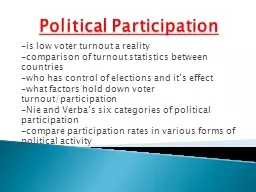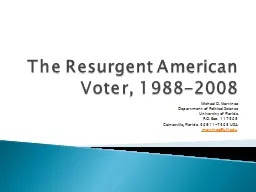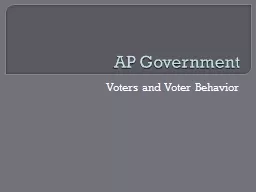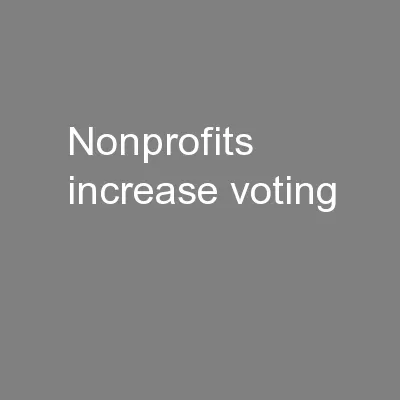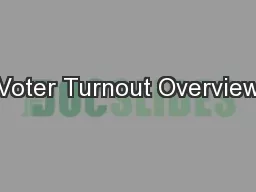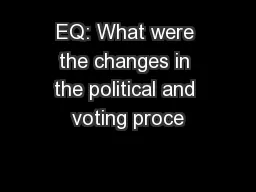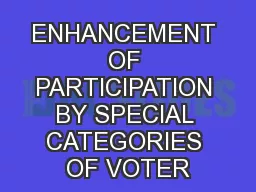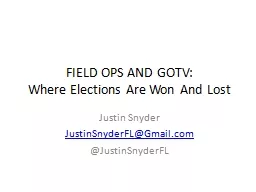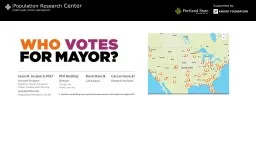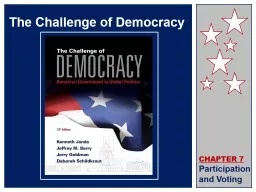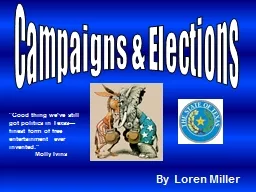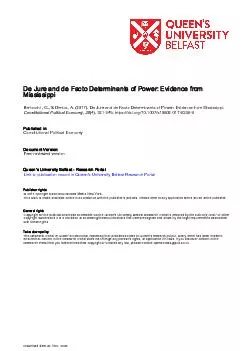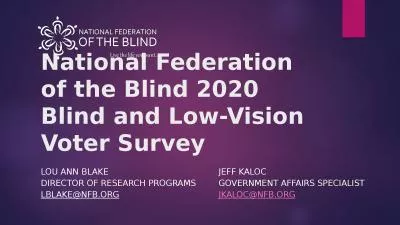PPT-Political Participation -is low voter turnout a reality
Author : debby-jeon | Published Date : 2018-02-27
comparison of turnout statistics between countries who has control of elections and its effect what factors hold down voter turnoutparticipation Nie and Verbas
Presentation Embed Code
Download Presentation
Download Presentation The PPT/PDF document "Political Participation -is low voter tu..." is the property of its rightful owner. Permission is granted to download and print the materials on this website for personal, non-commercial use only, and to display it on your personal computer provided you do not modify the materials and that you retain all copyright notices contained in the materials. By downloading content from our website, you accept the terms of this agreement.
Political Participation -is low voter turnout a reality: Transcript
Download Rules Of Document
"Political Participation -is low voter turnout a reality"The content belongs to its owner. You may download and print it for personal use, without modification, and keep all copyright notices. By downloading, you agree to these terms.
Related Documents

